Nine things that could add up to £9,000 to the value of your home — and one that could leave you £35k out of pocket
Want to make a splash? Here’s some of the home improvements that could pay off in the long run. Just don’t mention a swimming pool…

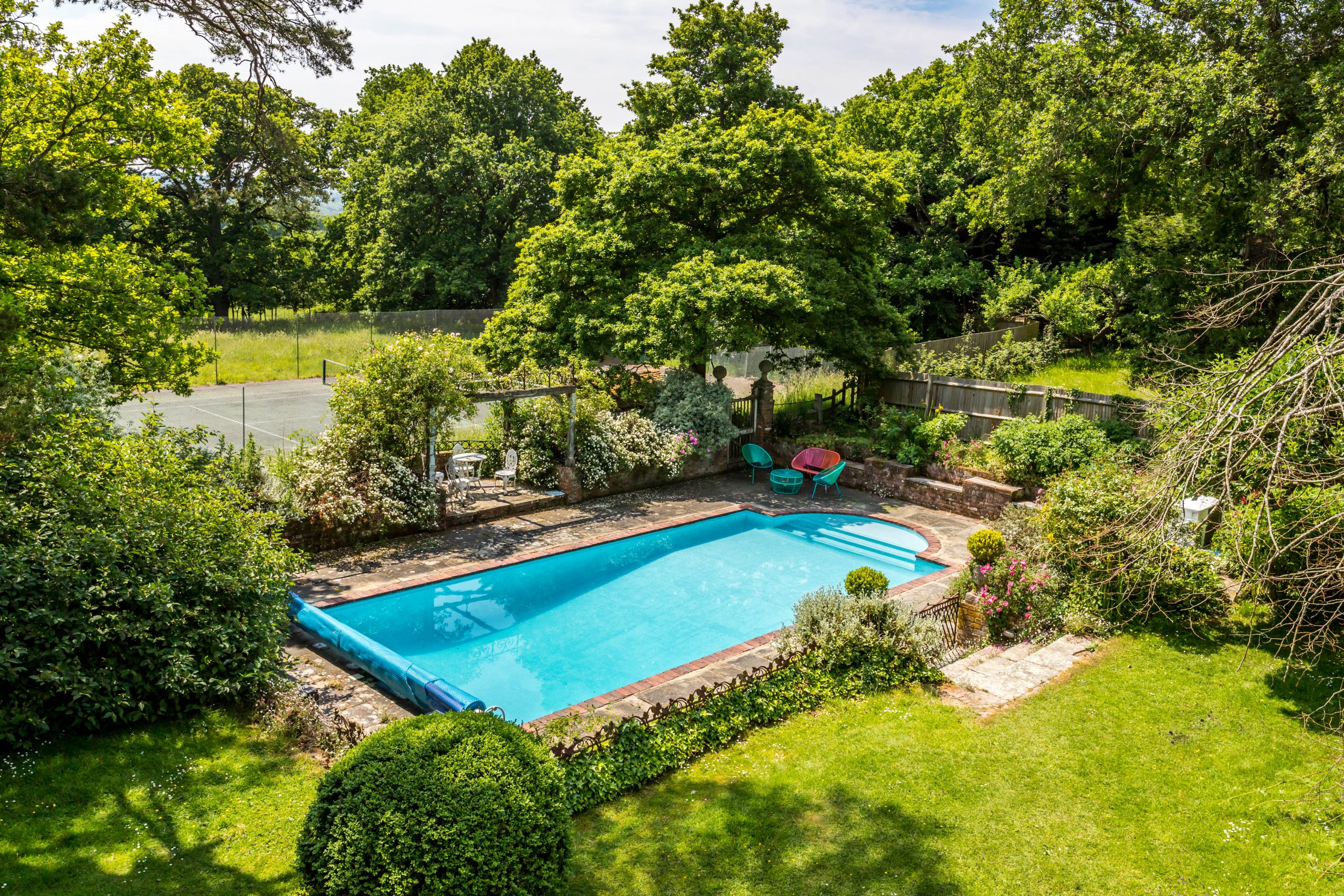
The sun may not be shining much at the moment but the summer is traditionally the warmer season.
And what better way to make the most of it than to fire up your Big Green Egg on the patio, or admire those flowerbeds that you’ve lovingly nurtured?
From terraces and bi-fold doors, to landscaped gardens and conservatories, eXp UK has analysed 10 home improvement projects to suss out how much value they could add to a property.
As Adam Day, head of eXp UK, puts it: ‘When it comes to adding value to your home, it’s always important to consider the cost of implementing a project, the value it’s perceived to add, and if it’s worth undertaking once you’ve balanced the two against each other.’
So, for the big reveal. The addition that could boost your property value the most is…a balcony or terrace. Building one of these could add 5% to the value of your home. Based on the typical UK house price, that’s a £14,069 uplift. Once you’ve knocked circa £5k off for the cost of the work, the added value stands at £9,069, according to eXp UK.
In hot pursuit are bifold doors. Installing this gleaming glass could also add 5% to your house price. With the estimated cost of installation coming in at £5,200, the actual added value is £8,869.
Creating a landscaped garden, and building a patio or decking are not far behind. Once the cost of building work has been taken into account, they could add value to the tune of £8,712 and £7,749 respectively.
Exquisite houses, the beauty of Nature, and how to get the most from your life, straight to your inbox.
Now for conservatories and summer houses, both highly coveted across the length and breadth of the country. You’d apparently need budgets of £10,250 and £14,000 to build them. The end result? A conservatory could add £6,632 in value, while a summer house might add a measly £69. Don't blow it all at once.
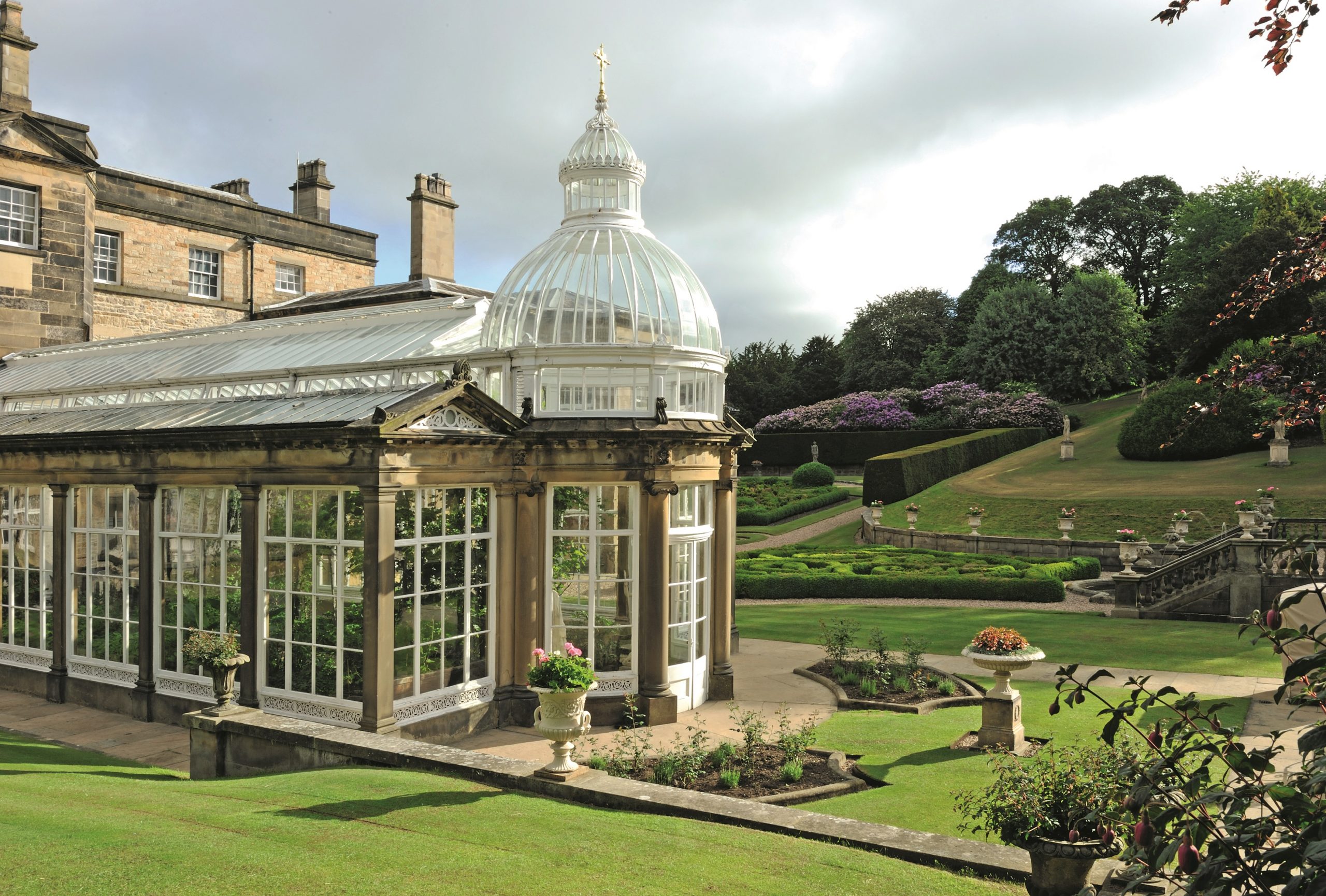
But what about the project that could leave you out of pocket? A swimming pool. According to eXp UK, installing one could boost your house price by £12,662 (4.5%). But building one apparently costs an average of £47,500, leaving you with a nice new pool, but a theoretical loss of £34,838.
Does that mean you should cancel the JCB and give up your dream of a swimming pool at home? Not necessarily — because if you interrogate the figures more closely, you'll see that there is more to the picture. We'd love to meet the builder who'll add a balcony to your house for £5k, for example. I’m no engineer, but I’d imagine there’s a fair bit of structural work involved there unless you're merely turning a large window into a Juliet balcony. And a £10k budget for a conservatory? A PVC lean-to is within range, but that's probably about as far as you'll get.
And as for a pool costing you far more than it adds? eXp UK noted that they sourced the value-added numbers from a number of different places (ranging from Checkatrade and HomeLogic, through to House Beautiful and Stylist magazines) and applied the percentage uplift to the average UK house price of £281,373.
In other words, take it with a pinch of salt. A £281k average house simply doesn't have the space to have a swimming pool built, so the fact that it adds 4.5% value is neither here nor there.
On the other hand, apply that theoretical 4.5% price increase to a spacious country home that's at the £1 million mark, and your added value is in the £45,000 ballpark. You'll note that you've almost entirely covered the cost of the pool, as well as freed yourself forever from trying to avoid the hazards of splashing toddlers and dive-bombing teenagers at the local public pool.
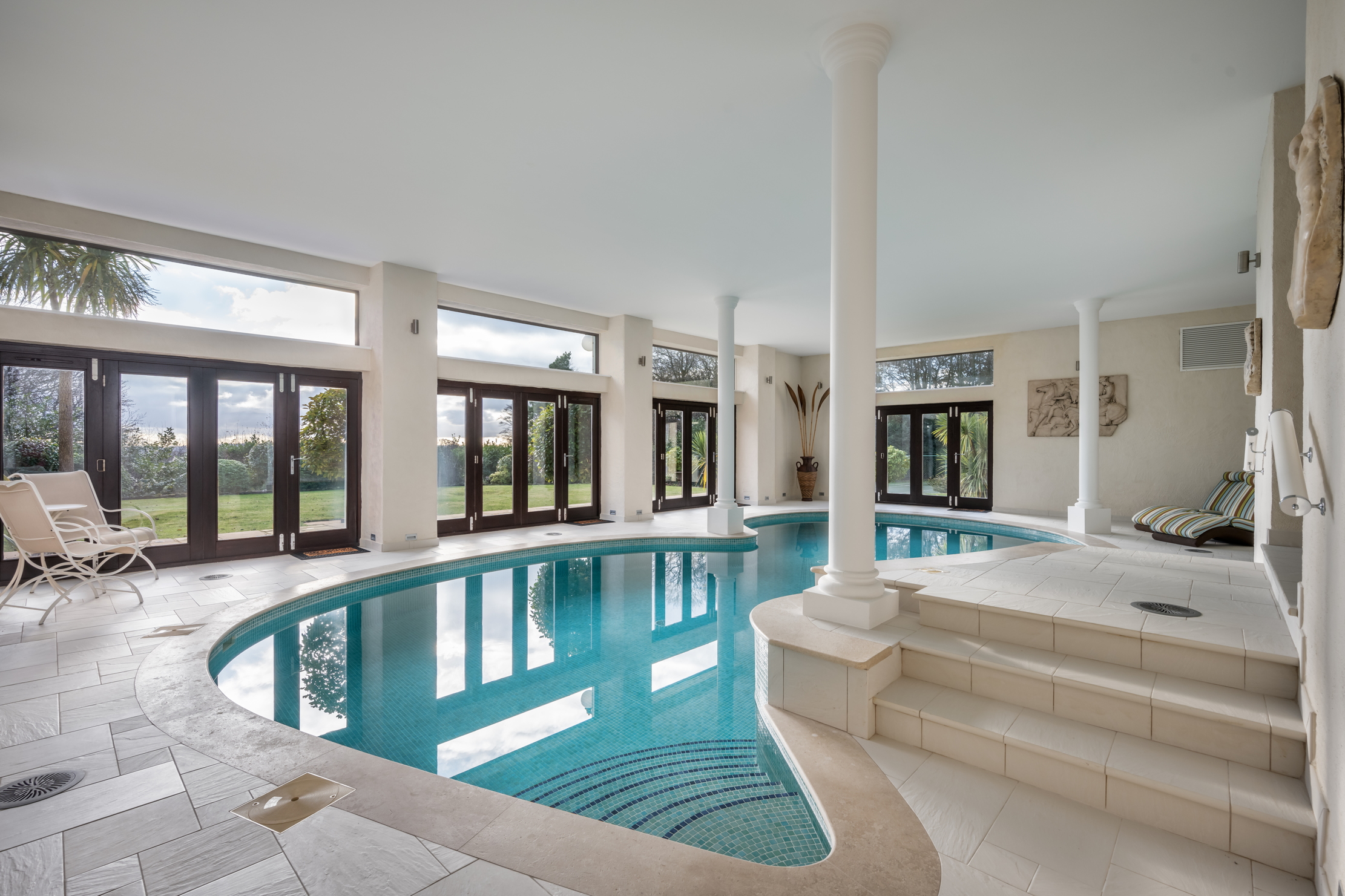
Prime rental market slips back to pre-pandemic trends... but rents are still climbing
Rents in the prime areas of London have edged up 0.7% in the last three months. But annual growth has slowed to 2.5%, the lowest level in almost three years, says Savills.
‘Prices ticking up again slightly over the past three months is further evidence of the market slipping back to seasonal trends which were the norm pre-pandemic,’ says research analyst Jessica Tomlinson. ‘While rental prices are still rising, agents agree that it is taking longer to agree deals as much of the competition that dictated the London market over the recent past is softening.’
It’s a similar picture outside London, where rents are up 1.2% in the second quarter. But annual growth has dipped to 2.6%, the lowest level in almost four years, the estate agent adds.
Post-election bounce on horizon — maybe
A minor masterpiece of classic British understatement was released this week in the form of the Royal Institution of Chartered Surveyors' latest property market sentiment survey.
The housing market remains 'relatively subdued', they say, before adding a rash burst of exuberance about how the outlook appears to be brightening ‘somewhat’.
Perhaps worrying that they'd pushed the boat out, they go on to note that surveyors appear 'a little more confident' that housing sales will pick up in the wake of the General Election and the hope that mortgage rates will come down soon. The monthly survey goes on to warn that this might push prices higher, intensifying affordability issues.

Homeowners’ favourite Chancellor revealed
One week after the General Election, we couldn’t resist squeezing in some political pub quiz material.
Gordon Brown has been crowned homeowners’ favourite Chancellor of the Exchequer over the last 30 years. During his time in the prestigious role, there were an average 96,999 property transactions per month. That’s almost triple the volume of the most recent Chancellor, Jeremy Hunt (37,236), according to Jackson-Stops.
Of the six chancellors that served more than a year, Brown also had the biggest impact on house prices. In England, they climbed £1,764 per month on average during his tenure, ahead of Rishi Sunak on £1,101.

Oh, we do like to be beside the seaside: How coastal house prices have bucked the trend to keep on rising in 2024
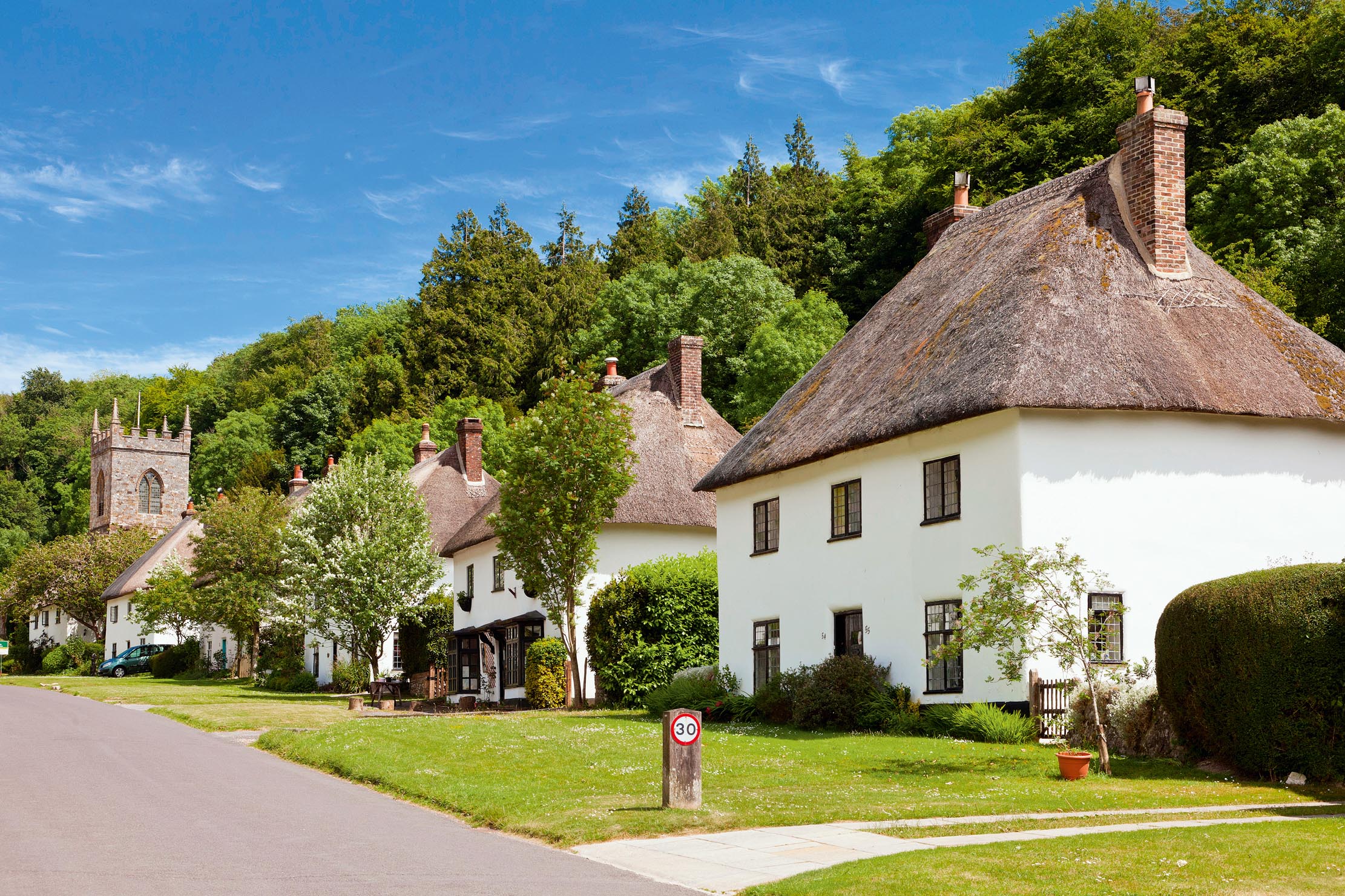
Just a third of ‘empty nesters’ downsize after children leave home
Hoping to buy a home with more space to raise your young family? If so, don’t count on it. The
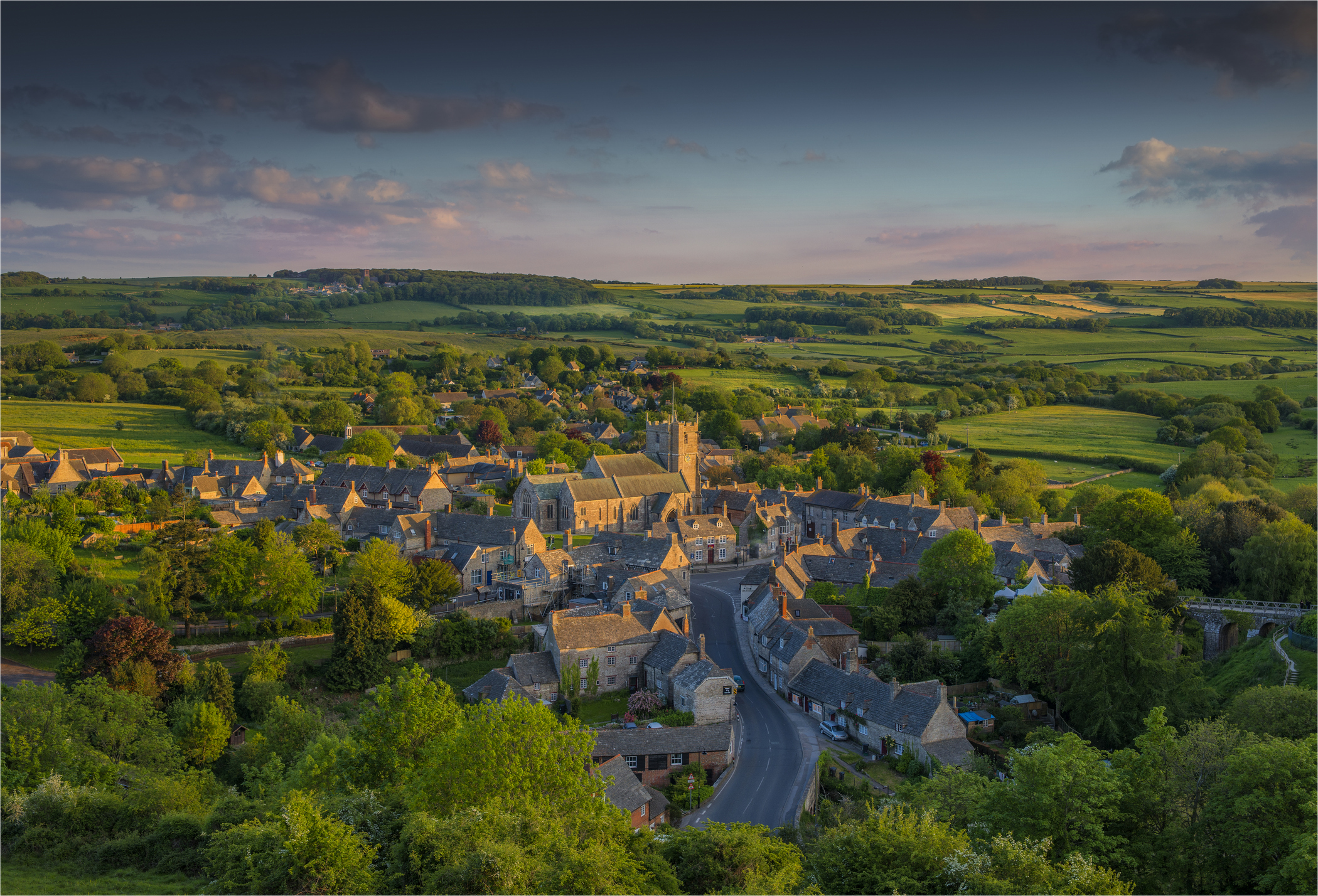
Stability, confidence — and lots of new homes: Property experts on what Labour's General Election win mean for the housing market
Britain woke up on Friday to change of government. Plenty of change is expected across the board, but what will

